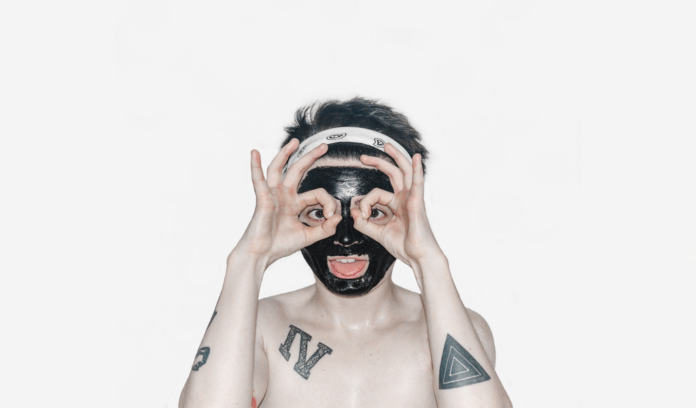Clogged pores are the result of dead skin cells getting trapped in your skin instead of being shed into the environment. Pores are tiny openings in the skin that release oil and sweat. When pores are clogged, it can result in blackheads, whiteheads, and acne. You can tell if your pores are clogged if you notice whiteheads, blackheads, or an overall dullness to your skin’s complexion. Environmental factors also contribute to clogged pores. These factors include: toxins in the air, oil from your hands transferred when you’re touching your face, sweat. Read on to discover some common methods to unclog pores.
Pore strips
Pore strips, such as Biore Deep Cleansing Pore Strips, are made with an adhesive. The strips come in different shapes and sizes depending on the part of the face you want to apply them to. They can be used to remove: hair, bacteria, oil, dead skin, anything left on the surface of the skin. To use: wet the sticky strip and apply it to your face, leave on for 5 to 10 minutes, slowly peel away from your skin, rinse the area with warm water to remove any residue left behind by the strip. Avoid pore strips if you have skin allergies or sensitive skin.
Charcoal masks
Activated charcoal is a trendy skincare ingredient. It can now be found in facial and body cleansers, scrubs, and masks. As an ingredient in a skincare product, activated charcoal may offer benefits like removing dirt, pollution, and toxins from pores. More research is needed to verify its efficacy. Directions for activated charcoal masks vary depending on the specific product. For most masks, you’ll need to rinse your face before using and then leave the mask on for 5 to 10 minutes before removing it. Some masks harden and can be pulled off. Others need to be rinsed off with water.
Extractions
During a facial treatment, a skincare specialist or dermatologist may offer skin extractions. Using a metal extractor tool or their hands, they manually apply pressure around clogged pores. This extracts the content of blackheads. Extraction can also be performed on pimples, if the specialist thinks they can be unclogged. After the extraction, the specialist applies an antibacterial or antiseptic to bring the skin back to its natural pH and prevent breakouts. They may also apply soothing masks or other treatments.
Exfoliation
The term “exfoliation” is used to describe a treatment that cleanses the skin and removes dead skin cells. This can help unclog pores. There are different types of exfoliation, including mechanical and chemical. Mechanical options include: brushes, scrubs, cleansing cloths. Some scrubs can be harsh on the skin. Try products that use synthetic beads if you have sensitive skin. Chemical options contain alpha hydroxy acids (like glycolic acid), beta hydroxy acids (like salicylic acid), retinols, or topical enzymes to clean the pores. Work with a dermatologist if you want to try chemical exfoliation.
Steam
Steaming is a typical part of a facial treatment. A specialist uses a skin steamer to fuse warm, moist air onto your face. This helps your pores open. After the pores are open, the skincare specialist can better and more easily apply treatments like masks and moisturizers because they’re absorbed more deeply into the skin. This may offer better results. If facials benefit your skin, try going once a month for optimal results.
Also Read: Best anti aging tips to follow 2021
To look & book wedding venues, vendors services, please log on to wedvendors.com










